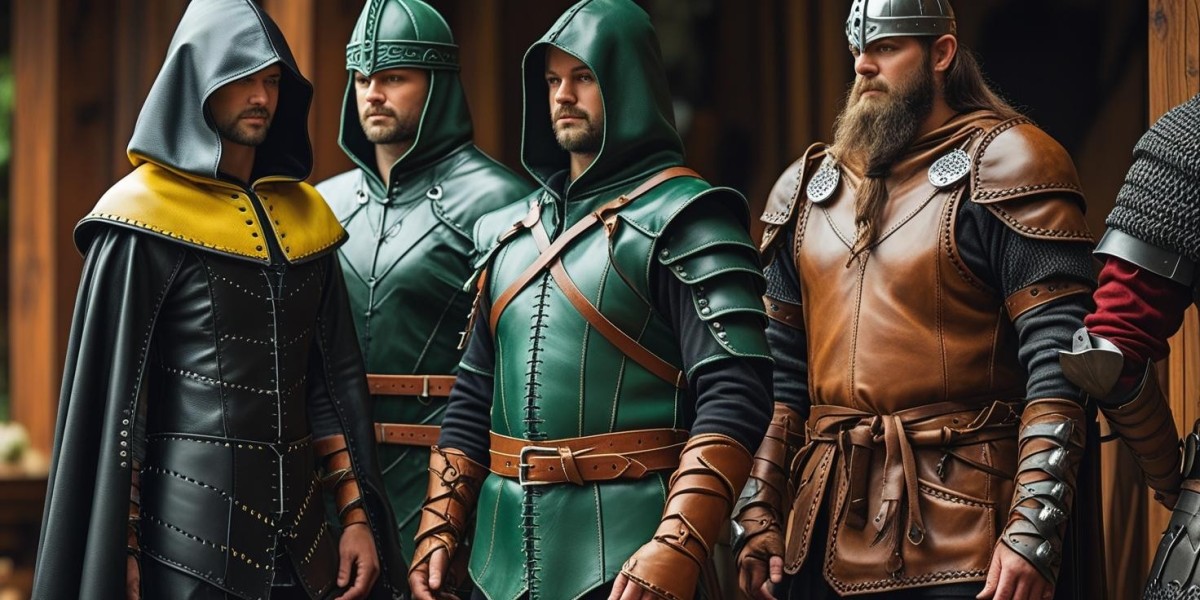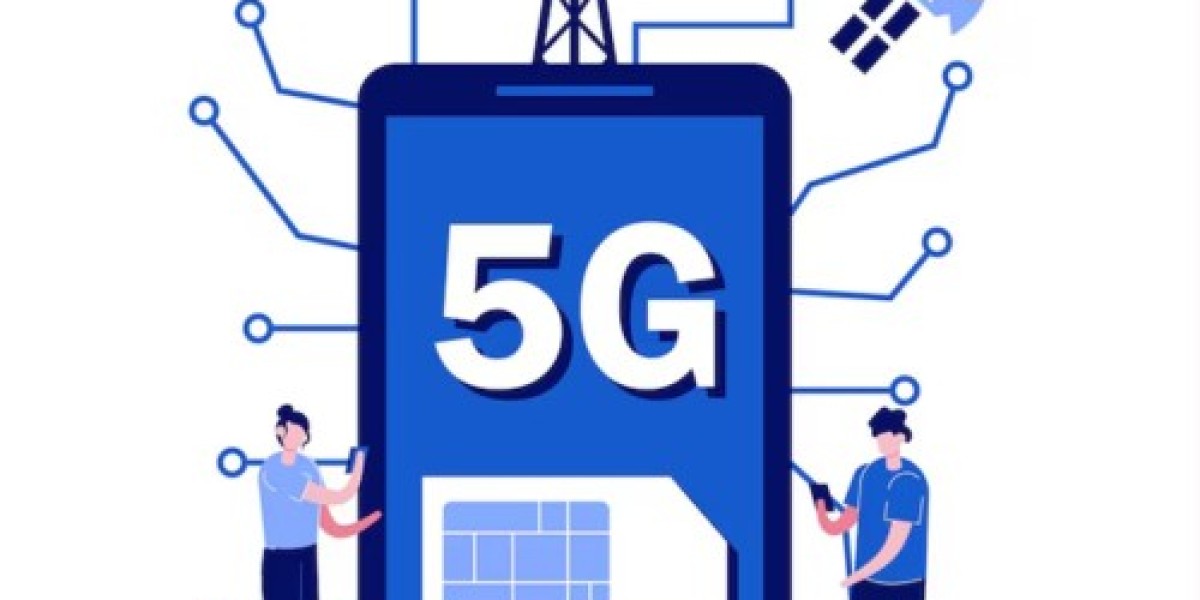Introduction: Why We Choose the Characters We Cosplay
Cosplay is more than costuming—it’s a form of storytelling, identity expression, and emotional exploration. Whether it’s donning a hero’s iconic armor or a villain’s haunting cloak, cosplayers across the world step into the shoes of characters who shaped their imaginations.
But why are hero and villain characters so central to cosplay culture? Why do these roles resonate more than side characters, background warriors, or passive figures? What drives a person to spend weeks—or even months—perfecting a look that mirrors a fictional identity?
In this article, we explore the psychology, creativity, and symbolic impact of hero and villain cosplay, and how these characters serve as powerful vessels for self-expression and community connection.
1. The Archetypes That Define Us: Heroes vs Villains
From Greek mythology and medieval epics to Marvel movies and anime sagas, heroes and villains form the emotional backbone of most storytelling. They embody struggle, triumph, tragedy, and transformation.
The Hero Archetype
The hero is often a figure of justice, resilience, or self-sacrifice. They reflect our ideals and aspirations. Think of characters like:
Tanjiro Kamado (Demon Slayer): a gentle warrior driven by compassion.
Frodo Baggins (The Lord of the Rings): a reluctant hero facing overwhelming darkness.
Wonder Woman: a blend of strength, grace, and moral clarity.
Cosplaying heroes allows fans to embrace the best version of themselves, channeling traits they admire or wish to strengthen.
The Villain Archetype
Villains are more than evil—they’re complex, wounded, and deeply human. They often represent chaos, revenge, liberation, or broken ideals. Consider:
Loki: the trickster god caught between mischief and identity.
Harley Quinn: chaos wrapped in charisma and pain.
Madara Uchiha (Naruto): driven by trauma and utopian delusion.
Cosplaying villains offers catharsis, depth, and dramatic flair. These roles allow fans to explore parts of their psyche often suppressed in daily life.
2. Cosplay as Personal Expression
Costumes are not just replicas—they are extensions of the self. Choosing to become a character for a day is a creative and emotional commitment.
A Mirror to Inner Identity
Many fans select characters who reflect aspects of their inner world. A shy person might cosplay a confident leader to push personal boundaries. An extrovert might embrace a stoic anti-hero to challenge their emotional range. These choices are rarely random—they’re deeply felt.
Genderfluid and Crossplay Choices
Cosplay also allows freedom beyond gender norms. Many fans choose to portray characters of different genders—or interpret characters through a personal lens. This fluidity makes cosplay an inclusive space for gender exploration and identity expression.
3. Crafting the Transformation
Cosplay is both art and engineering. Every costume involves hours of research, planning, crafting, and testing. Hero and villain costumes often require some of the most detailed work due to their symbolism and screen accuracy.
Key Elements of Hero Costumes
Colors: Often bold, clean, and symbolic of ideals (blue for truth, red for courage, white for purity).
Armor & Capes: Protective elements that project strength and nobility.
Emblems & Logos: Instantly recognizable symbols like Superman’s “S” or Deku’s green stripes.
Key Elements of Villain Costumes
Dark Palettes: Blacks, purples, and deep reds signal danger or mystery.
Textures: Leather, metal, or asymmetrical designs to reflect chaos or power.
Makeup & Masks: Used for identity concealment or distortion.
The more personalized or handmade the costume, the deeper the connection between the cosplayer and the character.
4. Cosplay and Emotional Catharsis
The act of “becoming” a character can be emotionally liberating. Stepping into a role provides a safe space to express emotions that daily life may suppress.
Heroes Allow Hope
Wearing a heroic costume can help fans embody perseverance, kindness, or determination—qualities they may be cultivating in real life.
Villains Allow Complexity
Villain cosplay provides a creative space to express pain, rage, rebellion, or sarcasm—without judgment. It’s a therapeutic form of release that many cosplayers find healing.
5. The Role of Fandom and Recognition
Cosplaying popular heroes and villains connects fans instantly. These characters are well-known, universally recognized, and evoke shared emotional memories.
Social Connection
At conventions or online, people will stop to admire your version of a hero or villain they love. These moments foster bonding, conversation, and shared fandom joy.
Photography & Performance
Hero and villain roles lend themselves to dramatic poses, iconic stances, and choreographed scenes. This makes them ideal for professional photography and group cosplay shoots.
6. The Evolution of Character Design in Cosplay
Hero and villain designs evolve with time, media trends, and fan reinterpretations.
Classic vs Modern: Some fans cosplay early versions of characters (comic book Loki) while others opt for newer renditions (MCU Loki).
Alternative Versions: Steampunk Batman, cyberpunk Harley, or genderbent villains are popular creative spins on familiar icons.
Original Interpretations: Some cosplayers blend real-world materials (leather, fur, chainmail) for a grounded, realistic look that adds depth to fantastical designs.
7. Group Cosplay and Community Identity
Cosplay becomes even more powerful in groups. Hero teams (Avengers, X-Men, Jujutsu Kaisen) and villain squads (Akatsuki, Sinister Six, Disney Villains) form iconic ensembles.
Why Group Cosplay Works:
Thematic Consistency: Fans enjoy seeing full teams recreated in real life.
Performance Opportunities: Group skits, battles, and photo sessions enhance immersion.
Community Building: Being part of a character faction builds lasting friendships.
8. Real-World Inspirations for Character Costumes
Costume design is often inspired by history, mythology, and psychology.
Heroes draw from knights, samurai, Greek gods, and modern soldiers.
Villains borrow from warlords, trickster gods, gothic fashion, and revolutionary figures.
Fans interested in realism often research historical patterns to add authenticity to their outfits—such as medieval armor techniques or Viking cloaks. Leather costumes, in particular, allow for textural realism and long-lasting wear, making them a favorite among experienced cosplayers.
9. Online Cosplay Culture and Character Popularity
In the age of Instagram, TikTok, and YouTube, cosplay has transcended conventions. Hero and villain content performs well due to visual impact and emotional resonance.
Tutorials & Build Logs: Cosplayers document their costume-making process, inspiring others.
Transformation Videos: Before-and-after transitions are popular and relatable.
Character Challenges: Users recreate scenes, dances, or iconic quotes from beloved characters.
This viral content strengthens fandom bonds and keeps classic characters relevant across generations.
10. Dive Deeper: A Resource for Character-Based Cosplay
For fans eager to explore character costume design in more detail—covering materials, themes, poses, and storytelling—this in-depth blog post offers valuable insights:
? Character Costumes for Cosplay: Heroes & Villains
It includes:
Visual and emotional analysis of hero vs villain attire
Tips on choosing characters that align with your personality
Crafting methods for leather, armor, and cloaks
How to pose, act, and walk like your chosen role
This guide is perfect for both beginners and seasoned cosplayers looking to refine their connection with the characters they portray.
Conclusion: The Character Within the Cosplayer
Cosplay isn’t just about becoming someone else—it’s about discovering yourself. Every choice you make—from the character, to the materials, to the performance—is a reflection of your inner world.
Whether you choose to be a hero, a villain, or something in between, you are telling a story that others can see, feel, and relate to. And in that story, through costume and character, you find both freedom and belonging.
So the next time you put on a cape or paint your face like your favorite antihero, remember:
You’re not just cosplaying a character.
You’re giving voice to your own.






